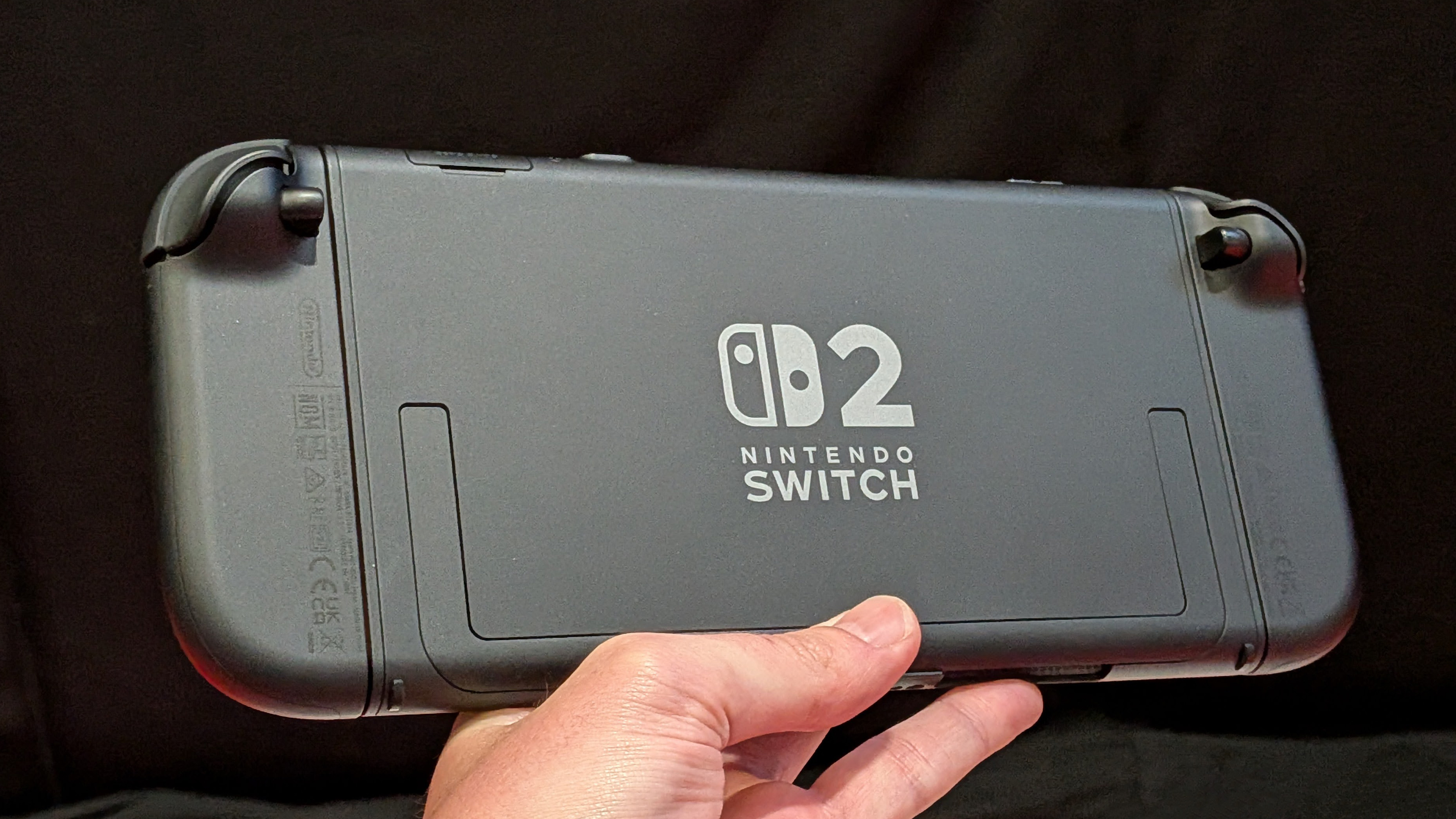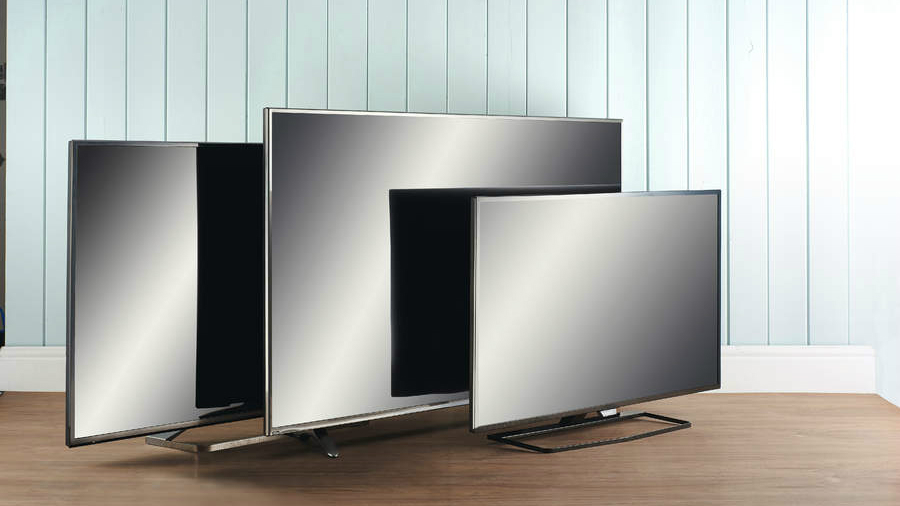
Ultra HD 4K TVs finally appear to be coming of age. Offering four times the pixel density of Full HD screens, these next -gen displays have moved from science project to the telly mainstream. What were once the preserve of the high end now sell for as little as £500 (maybe even less by the time you read this – TV prices are nothing if not volatile). And a resolution boost isn't the only step-up you can expect when you upgrade. All three 4K sets tested here have the latest network niceties. Android TV, anyone?
While upscaled HD can look terrific, UHD sets are at their best showing native 4K content. The good news is that all three of these have HEVC decoders and Netflix 4K on board. It's worth paying attention to the number of HDMI inputs that offer HDCP 2.2 support, as you'll need this when you plug in an external 4K source, like an Ultra HD Blu-ray player or a Sky Q Silver box (when 4K channels begin).
To hit an affordable price point, some things have to go AWOL. Philips' popular Ambilight mood lighting, for example, isn't included on the Series 6 model reviewed here. These sets aren't bright enough for HDR, either – although, as we reveal, they're not too shabby in the picture stakes. In fact, they can look pretty fantastic.
So is your next TV going to be a Panasonic TX-50CX680B, a Hisense 55K321 or a Philips 55PUT6400? Carry on reading to find out…
TEST 01: Design & Build Quality
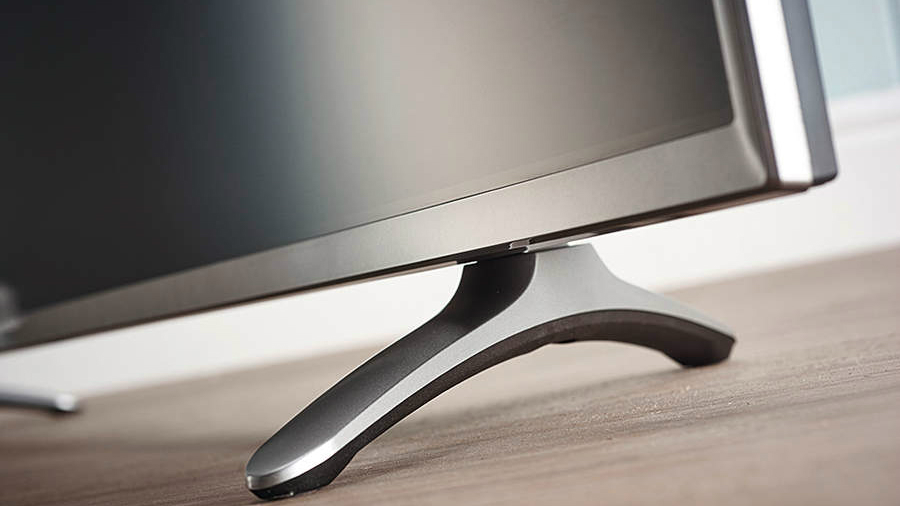
Most manufacturers have mastered the art of making big TV sets look svelte, thanks mainly to ingenious corner-cutting when it comes to backlighting technology. But as it's going to be the centrepiece of our lounge, we like a screen to boast a little élan, too.
The Hisense has a slightly budget feel to it. The screen has a thin grey bezel and stands upon two cheap-looking plastic feet. Th ere are four HDMI inputs, plus SCART, component and AV phono inputs, and a digital optical audio output. Two of the four HDMIs (inputs 3 and 4) are HDCP 2.2-compatible, making the set fairly versatile when it comes to hooking up sources. Also on board are three USBs, one a fast 3.0 for timeshifting to an external USB HDD. Ethernet supports on-board Wi-Fi, and the tuner choice is Freeview HD or generic satellite.
Our Philips entrant looks polished and unpretentious. Th e screen is framed with a thin black bezel and perched upon a wireframe pedestal stand. There are four HDMI inputs, but only one supports HDCP 2.2 copy protection. There are also three USBs, Ethernet (if you don't want to use the integrated Wi-Fi), SCART and component for legacy AV connections. A digital optical audio output is available to feed a soundbar, and the tuner is Freeview HD.
Sign up to the T3 newsletter for smarter living straight to your inbox
Get all the latest news, reviews, deals and buying guides on gorgeous tech, home and active products from the T3 experts
The Panasonic is more business-like: the screen has a very thin, partly chamfered, black plastic bezel and sits upon a wireframe stand; smart but anonymous. Connections comprise three HDMIs, all of them HDCP 2.2-compliant, plus three USBs (one a fast USB 3.0 blue), SCART, component and stereo phono inputs. There's an optical output for soundbar use, and internet comes courtesy of Ethernet and Wi-Fi. There's a single aerial input but no sat tuner. Good news for catch-up fans, though: the set has a spanking-new Freeview Play tuner, which comes with a seven-day rollback EPG and all the main channel catch-up players.
TEST 02: Features
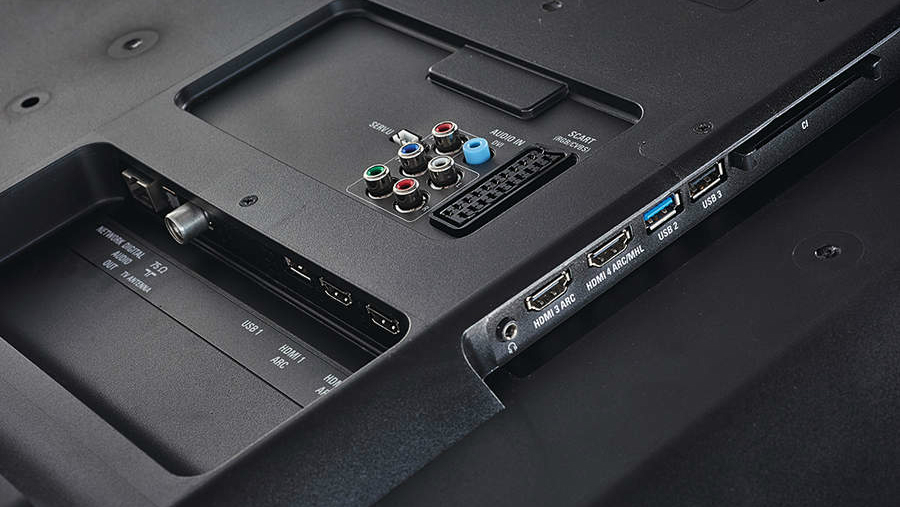
The Hisense smart platform is rather thin on diversions but does cover most of the key attractions. In addition to the BBC's iPlayer, there's a 4K-enabled Netflix client, Amazon Video, Chili Cinema (a video-on-demand service) and Viewster. There's also a wealth of European streaming services. The on-board media player handles most popular file types from USB and a networked NAS or PC, including MKVs.
Philips is one of a growing number of screen manufacturers backing Google's Android TV platform. As a user experience, Android generally isn't love at first sight, but Philips' implementation is less fussy, and certainly faster, than Sony's rival Android deployment. Naturally, the TV supports Google Cast, which simplifies interaction with mobile devices. Key content apps and services include YouTube, Netflix, BBC iPlayer, Spotify Connect and Dailymotion. There are loads of casual games, as well as a good-quality media player. The screen also has a 4K-enabled Netflix client.
However, when it comes to smart living, it's the Panasonic that really nails it. Network-connected Freeview Play ensures there's always easy access to mainstream catch-up TV, but it's augmented by the Firefox TV OS, which is joyously simple. The platform launches with just three circular tabs – Live TV, Apps and Devices. But you can add to these by pinning other shortcuts, be they TV channels, devices or applications. Available apps include YouTube, Wuaki.TV, Amazon Instant Video and Netflix. Both Amazon and Netflix are 4K-enabled. The set's media player is also compatible with most popular codecs and wrappers – if you've got a file, this set will probably play it. What's more, the Firefox platform includes a cute Info Frame feature, accessed by long-pressing the Home key. This pulls in extra content from each side of the screen, like weather updates, recommended TV shows and Web clips.
TEST 03: Performance
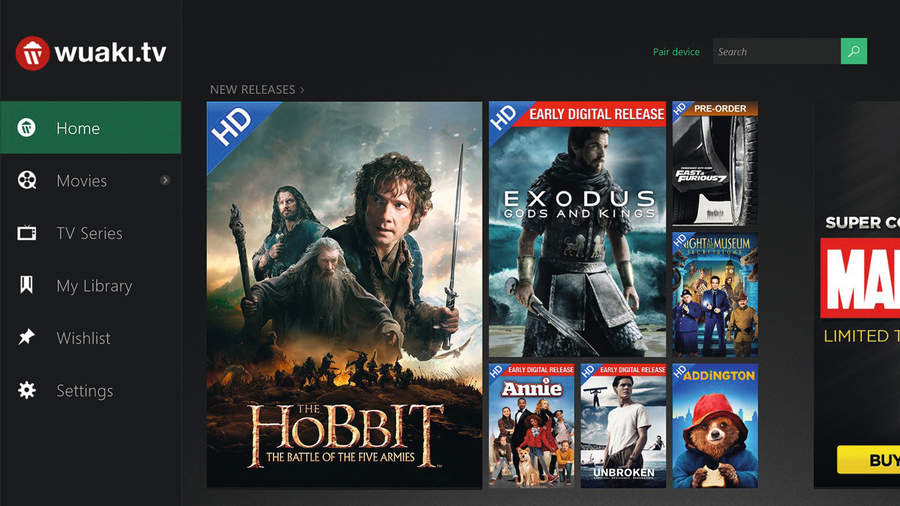
In this category, the Hisense 55K321 makes a good first impression – and with Netflix UHD, it looks great. Adam Sandler film e Ridiculous 6 may be low on subtlety, but as a 4K stream it positively zings with detail. Th e default sharpness setting needs to be tamed for the best picture quality – try dropping it back to ten on the fuel gauge, as this avoids excess edge enhancement. Black-level performance is good, with only token unevenness evident from edge lighting. There's detail to be enjoyed, and contrast is high. But there is a caveat: Hisense's Ultra Smooth Motion processing technology smoothes motion judder but does nothing to retain motion detail.
There's nothing low-rent about our low-cost Philips when it comes to image quality. The picture – both in 4K UHD and Full HD – is dynamic and contrasty. Backlight uniformity can be considered above average.
The Panasonic can look outstanding, especially with native 4K. Picture presets comprise Dynamic, Normal, Cinema, True Cinema and Custom. Normal is the best balance of all the settings, even for movies. However, the Dynamic mode isn't as OTT as you might expect, and in rooms of moderate to high ambient light it looks great. Proprietary IFC frame interpolation is available, and here is used simply to reduce panning judder. We suggest leaving IFC on Min, or switching it off. The Mid and Max settings, while smoothing movement, add unwanted image artefacts. Panasonic's edge-lit screen offers reasonably deep blacks and holds shadow detail well. Backlight uniformity is relatively good. UHD images may not be HDR – the panel simply isn't bright enough – but that doesn't detract from its visceral zing. Upscaled HD picture quality is also good, with crisp detail, vivid colour and strong contrast. A top performance.
Specifications
Hisense 55K321
Resolution: 3,840 x 2,160 pixels
3D: No
Tuners: Freeview HD
Connections: 4 x HDMI, 3 x USB, SCART, component video input, digital optical output, ethernet, integrated Wi-Fi
SMART OS: Hisense Smart
Dimensions off stand (W x H x D): 1,124 x 702 x 247mm
Weight off stand: 13.8kg
Philips 55PUT6400
Resolution: 3,840 x 2,160 pixels
3D: No
Tuners: Freeview HD, satellite
Connections: 4 x HDMI, 3 x USB, SCART, component video input, digital optical output, ethernet, integrated Wi-Fi
Smart OS: Android TV
Diimensions off stand (W x H x D): 1,239 x 717 x 83mm
Weight off stand: 17.3kg
Panasonic TX-50CX680B
Resolution: 3,840 x 2,160 pixels
3D: No
Tuners: Freeview Play
Connections: 3 x HDMI, 3 x USB, SCART, component video input, digital optical output, ethernet, integrated Wi-Fi
Smart OS: Firefox OS
Dimensions off stand (W x H x D): 1,126 x 652 x 47mm
Weight off stand: 17kg
Verdict
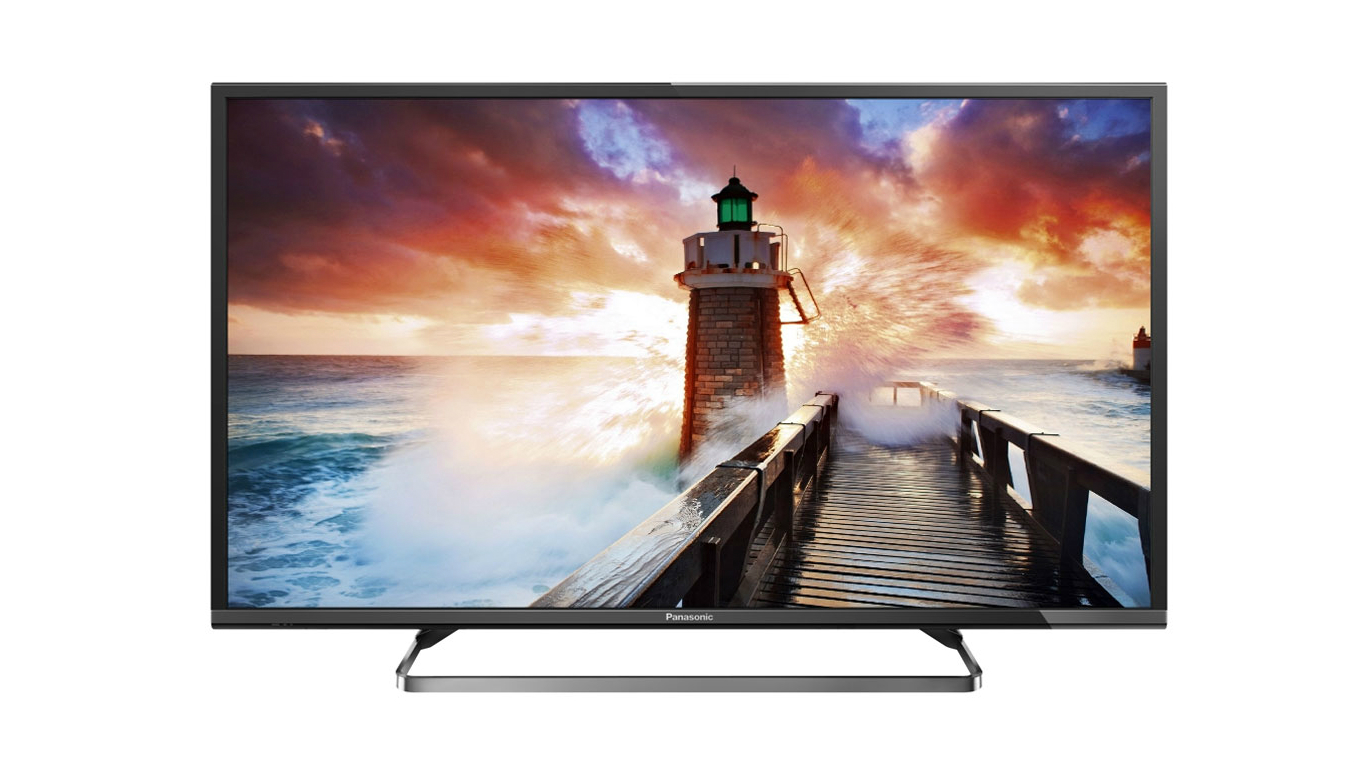
T3 RATES: The TX-50cX680b is proof that you don't need to spend a mint to get a great 4K TV. Picture performance is great, and it offers full-fat catch-up plus Netflix and Amazon Instant Video in 4K.
T3 SLATES: Motion resolution is limited (but at this price, that's understandable), while audio is functional.
T3 SAYS: Cleanly styled, and boasting solid image quality and both freeview Play and Firefox os smart platforms, the TX-50cX680b outperforms its pay grade by miles. it's a belter of a big-screen bargain, even if you will need to invest in a soundbar.
*****
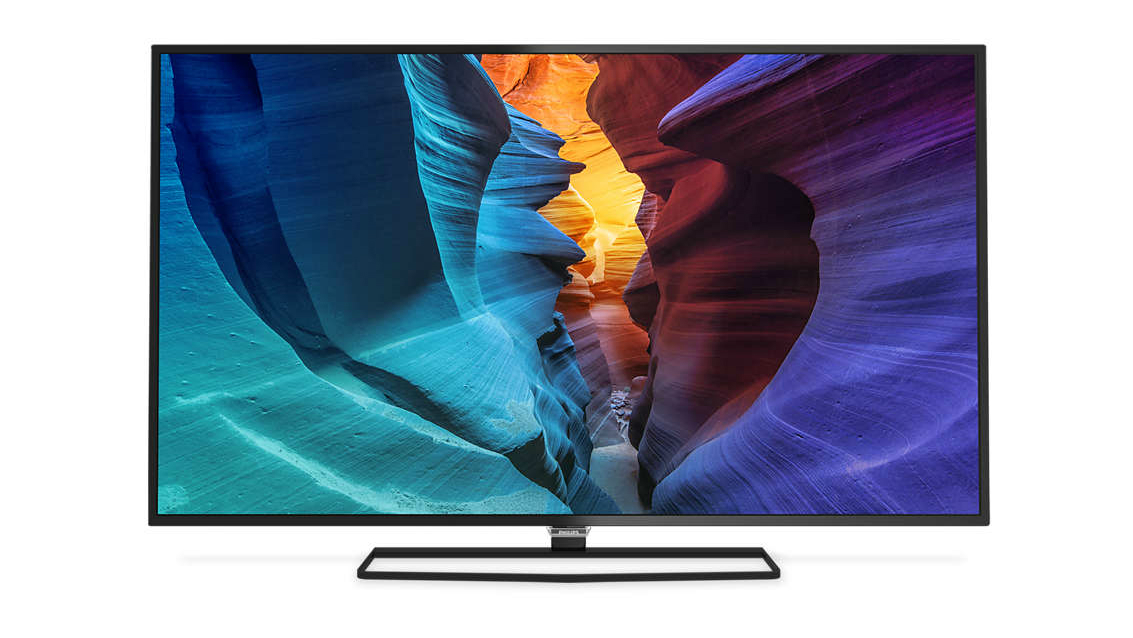
T3 RATES: It's capable of great UHD picture quality.
T3 SLATES: A solitary HDCP 2.2-enabled HDMI limits long-term appeal.
T3 SAYS: A stylish bargain; it even manages to make the android TV os look sexy.
****
3rd Hisense 55K321
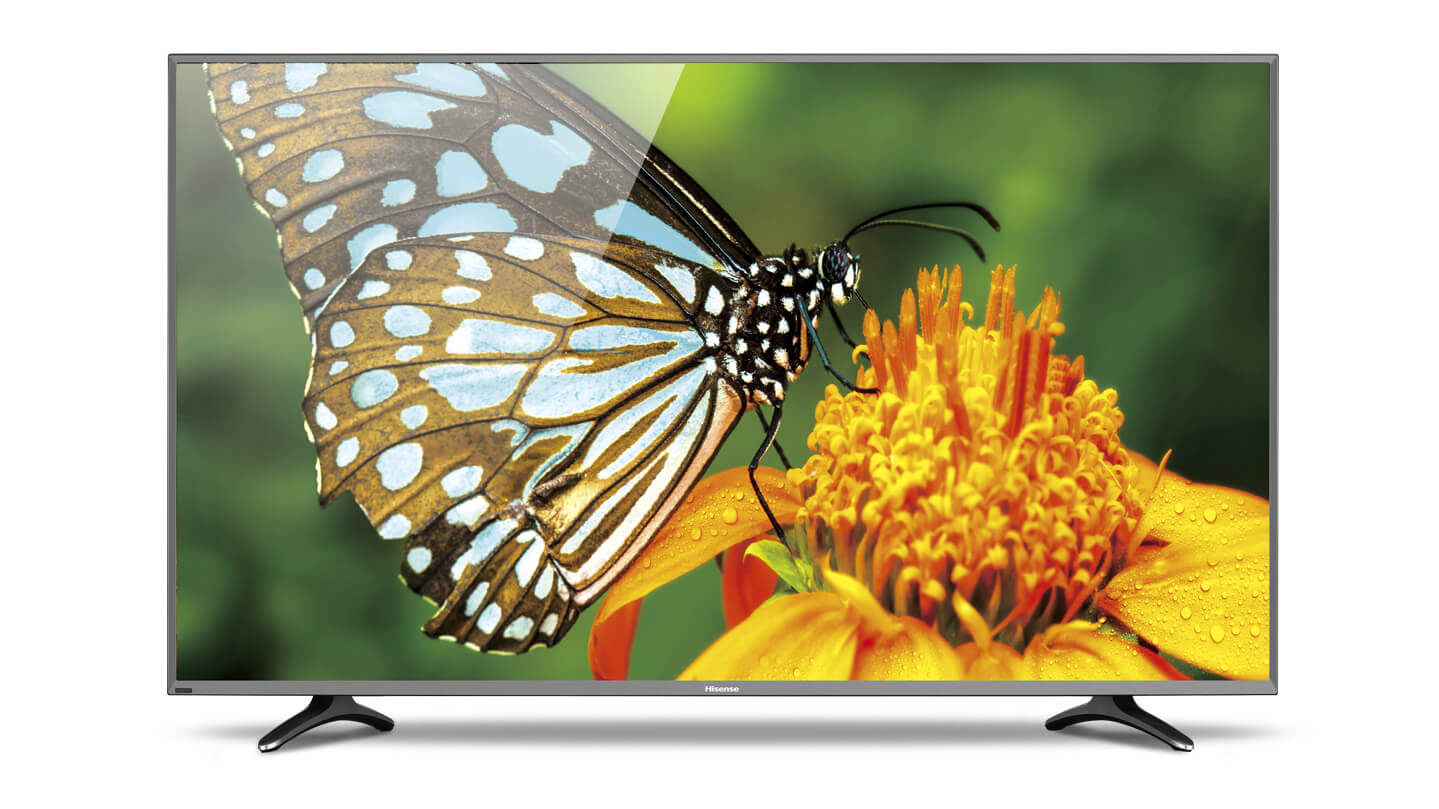
T3 RATES: Images are colour-rich, enhanced by an effective sound system and all the 4K codecs you can eat.
T3 SLATES: The smart platform is lightweight, while 2160p resolution is undermined by image blurring.
T3 SAYS: A decent TV but not the best for the money.
***
T3.com is one of the UK's leading consumer lifestyle websites and T3 magazine is its print counterpart. You can follow us on Twitter, Facebook and Instagram.
We present products in helpful buying guides and carefully curated deals posts across style, living, auto, smart home, watches, travel, fitness and more. We're delighted that 38,000 people buy a copy of T3 magazine every month.
